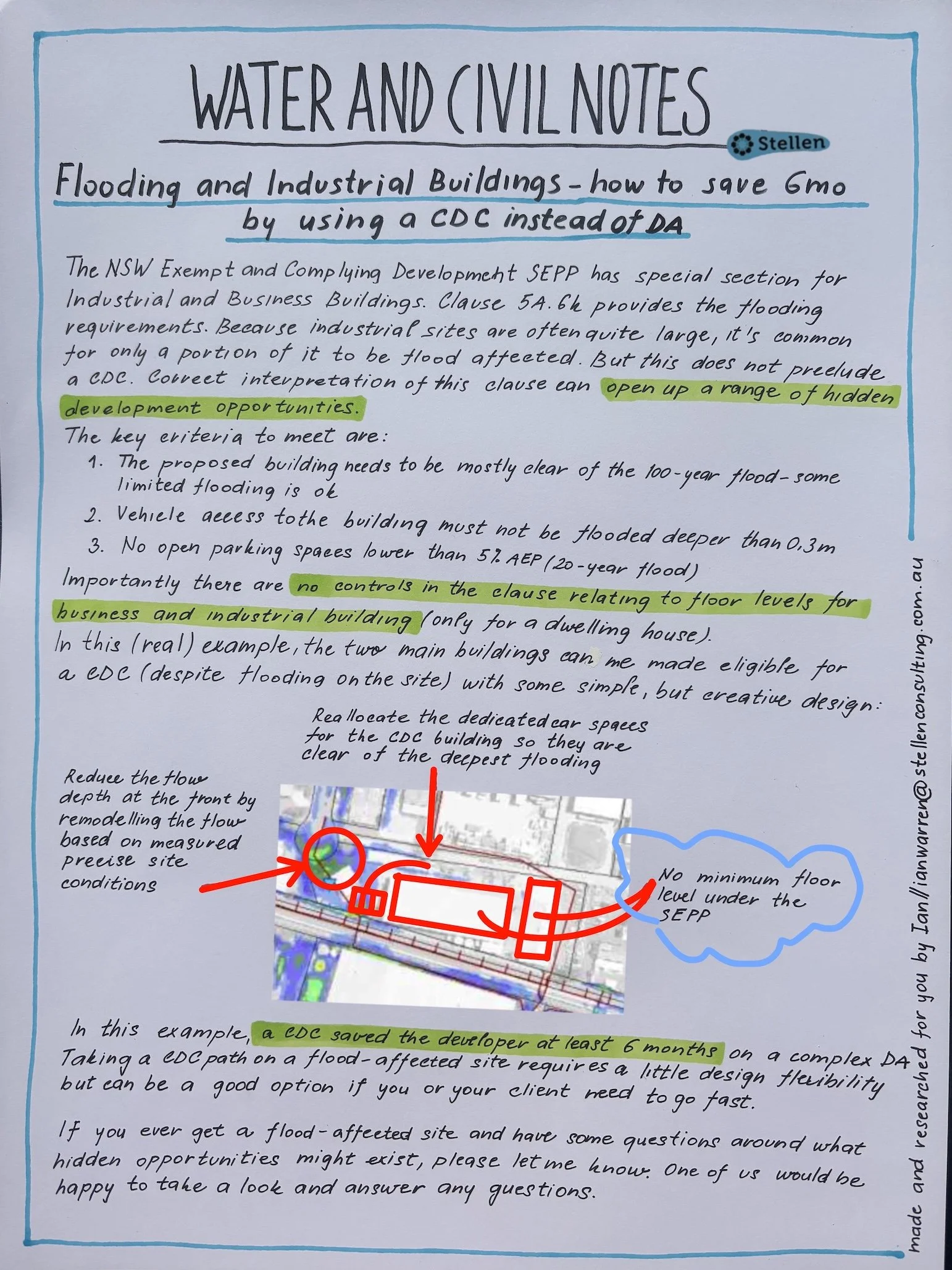Is eating a hamburger equivalent to taking a 90-minute shower?
TO EAT OR NOT TO EAT MEAT? MEATLESS MONDAY IS ALL THE RAGE PLANT-BASED PATTIES HAVE BECOME SCARILY CLOSE TO RESEMBLING SUCCULENT BEEF & THE GROCERY LISTS OF MODERN-DAY HIPSTERS CONSIST OF "CHIKIN', CHEEZE AND MYLK".
A study by the Water Footprint Network claims that throwing out just one hamburger wastes as much water as a 90-minute shower.
The trend toward a more plant-based lifestyle is the result of copious claims suggesting our meaty diet is devouring resources, destroying our planet, and decaying our bodies. While we could certainly all eat a lot less meat (Australians are the world's largest meat consumers), it's not as black-and-white as this overblown claim suggests.
One of the major environmental concerns surrounds the quantity of water used in meat production. Globally, meat production claims about one-quarter of all agricultural water, about 8,300km3 annually. Feed crops are about 90% of that with the rest in drinking and washing water. Almost all of this is virtual water. Like embedded energy, it is the water that is hidden in the processes and supply chain - not simply the water in the finished product. But, different from embodied energy, a large portion of this - mostly green water - is not lost. And does not result in pollution. Instead, it reenters the atmosphere through evaporation and plant transpiration before precipitation downstream.
It's important where the feed for your meat is grown. In Australia, 90% of all land used for food production is dedicated to grazing pastures. That's almost half of the entire continent! Though the national feedlot capacity in 2020 reached 1.5 million (of a total herd size of about 24 million), only 97% of the herd is grazing pastures at any one time. That's still a whopping number. But it's important to note that whether or not the cattle are grazing these pastures, the rain would still fall on these areas, which aren't always suited to growing crops. As well as beef, Australian lamb is overwhelmingly consuming green water. In fact, if you subtract the green water from a cut of Victorian lamb, the total virtual water usage is just 44L/kg. That's a delicious roast lamb full of high-quality protein, vitamins, and minerals produced using the same volume of water you'd use for a bath!
With the outrageous claim about the hamburger using 2,400 litres of water, the use of green water was overlooked. Smil, an American researcher, explains that 15,000 litres is the minimum water requirement for producing a kilogram of boneless beef but only half a litre of that is actually incorporated into the meat. More than 99% of the water needed is for the growth of the feed crops. Thus, it is important to draw a distinction between green water, blue water and grey water and not condemn meat to an excessively water-intensive commodity.
At the end of the day, water is crucial for growth: of animals, plants, and human beings. The green water used in feed production is not consumed. It doesn't simply disappear. The evapotranspired water reenters the atmosphere. The same water that falls on lamb pastures in Victoria could rapidly condense on a nearby plant, or the molecules could travel hundreds to thousands of kilometres downwind, perhaps showering on juicy Queensland mangoes a day later.
While there is truth to a lot of the claims surrounding meat, as you can now see - a lot of them have been watered down. Meat is a great source of dietary protein and large-scale studies show that there is no adverse effect to moderate meat consumption. A study that looked at the tie between meat consumption and longevity found no major distinction between the societies that consumed moderate amounts of meat and those that consumed substantial amounts of meat. However, as with anything, moderation is key. We would benefit our bodies and the environment by consuming moderate amounts of good-quality, sustainably produced meat.
TURNS OUT, YOU CAN HAVE YOUR STEAK AND EAT IT TOO!
✔️ 90% green water
✔️ 5% Blue water
✔️ 5% Grey water




